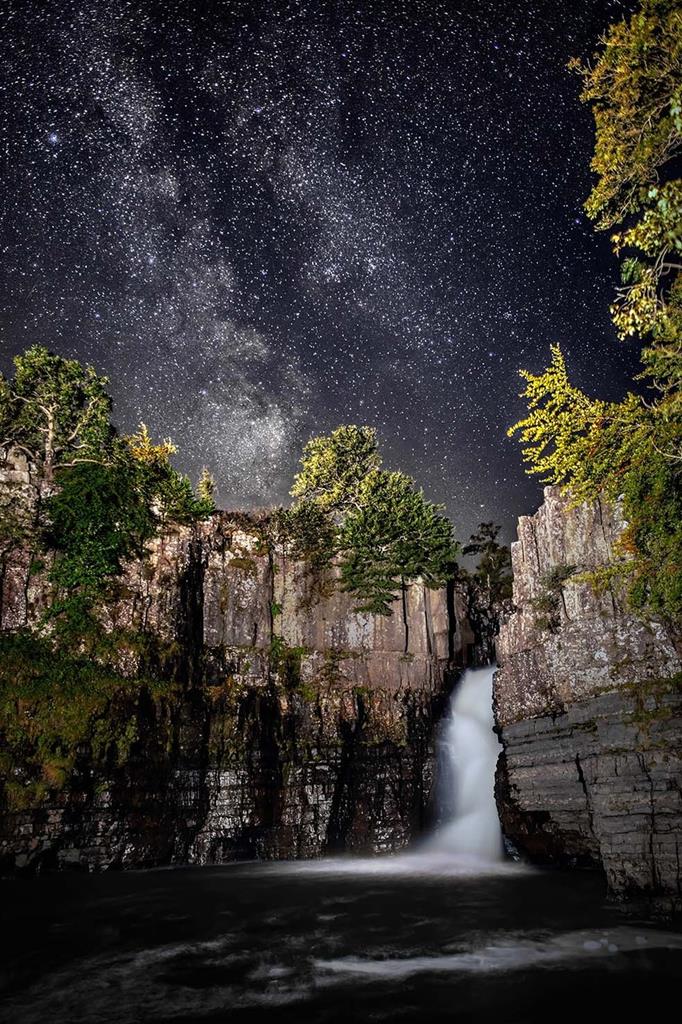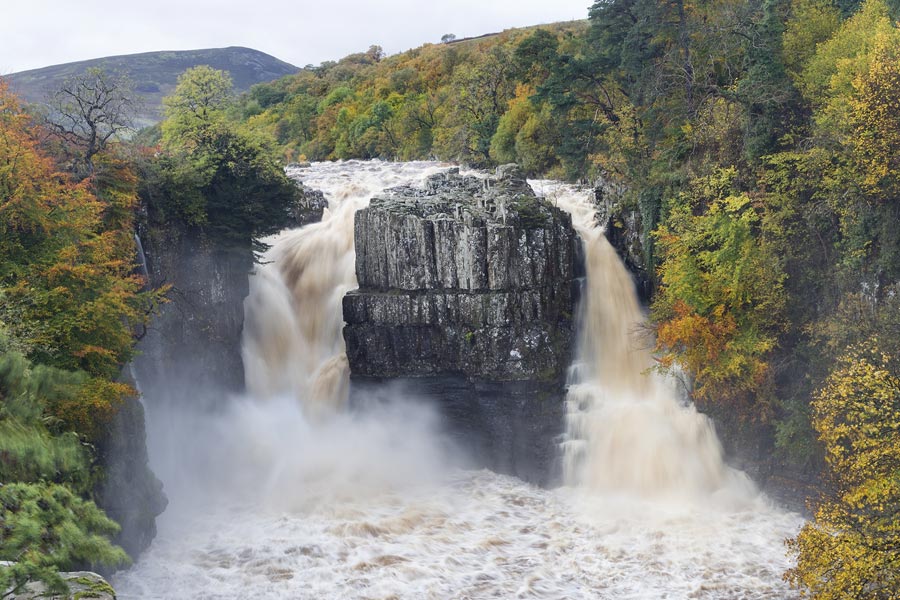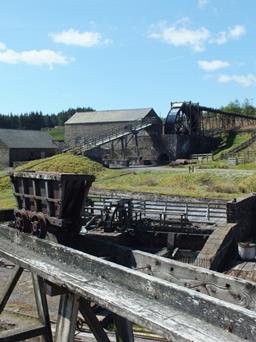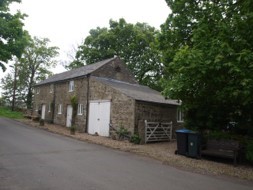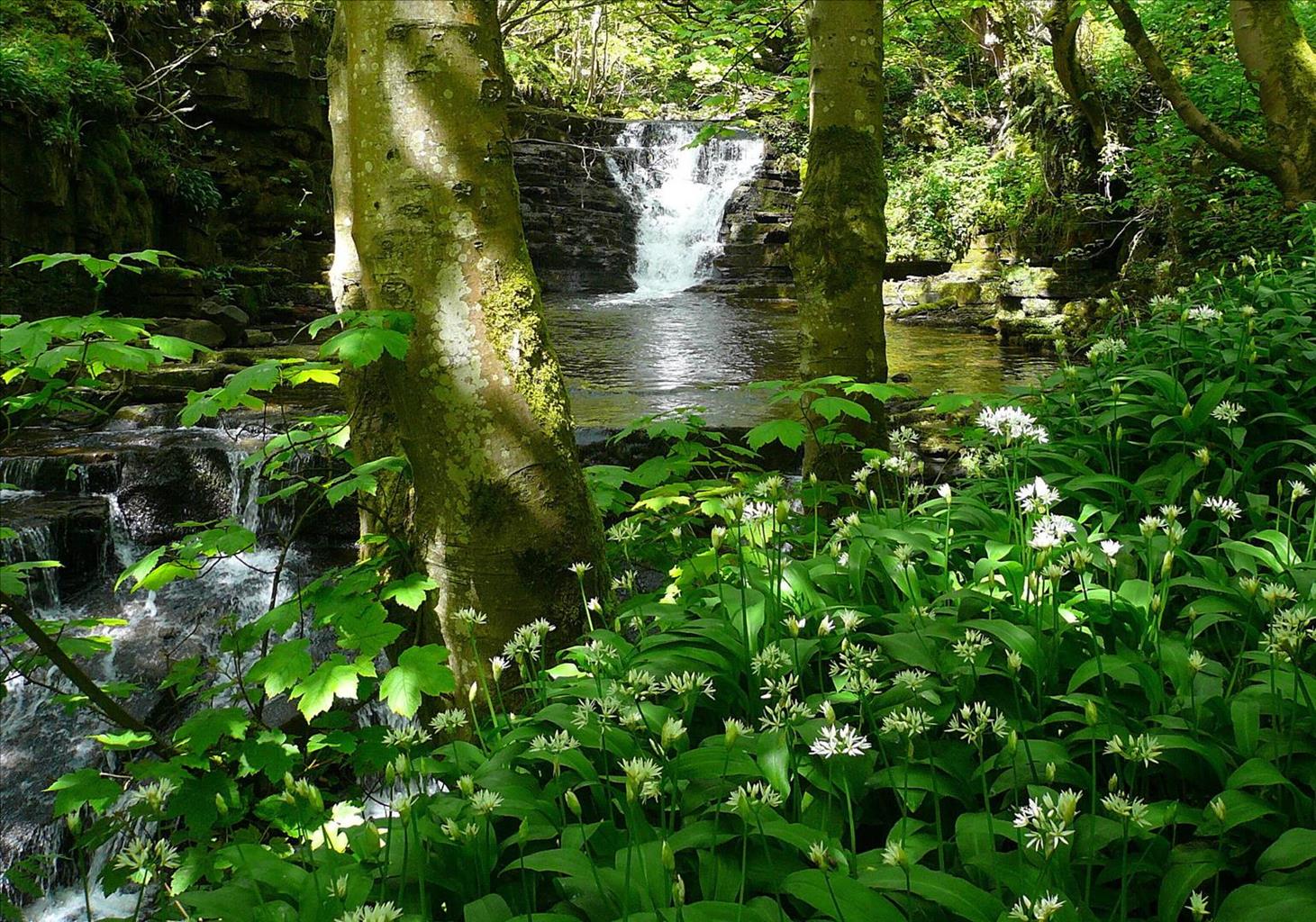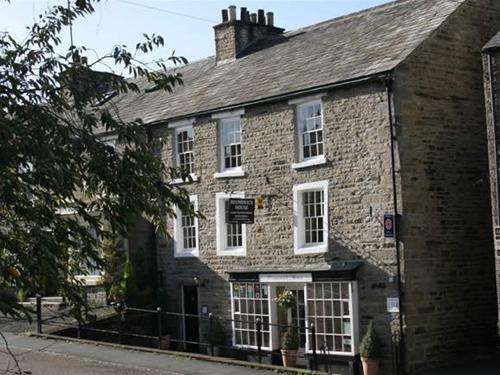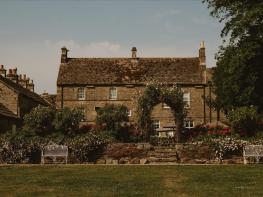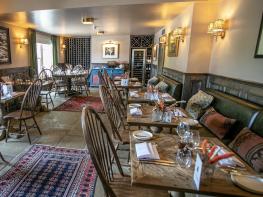YHA Langdon Beck is a small, rustic hostel located in the heart of Upper Teesdale, an Area of…
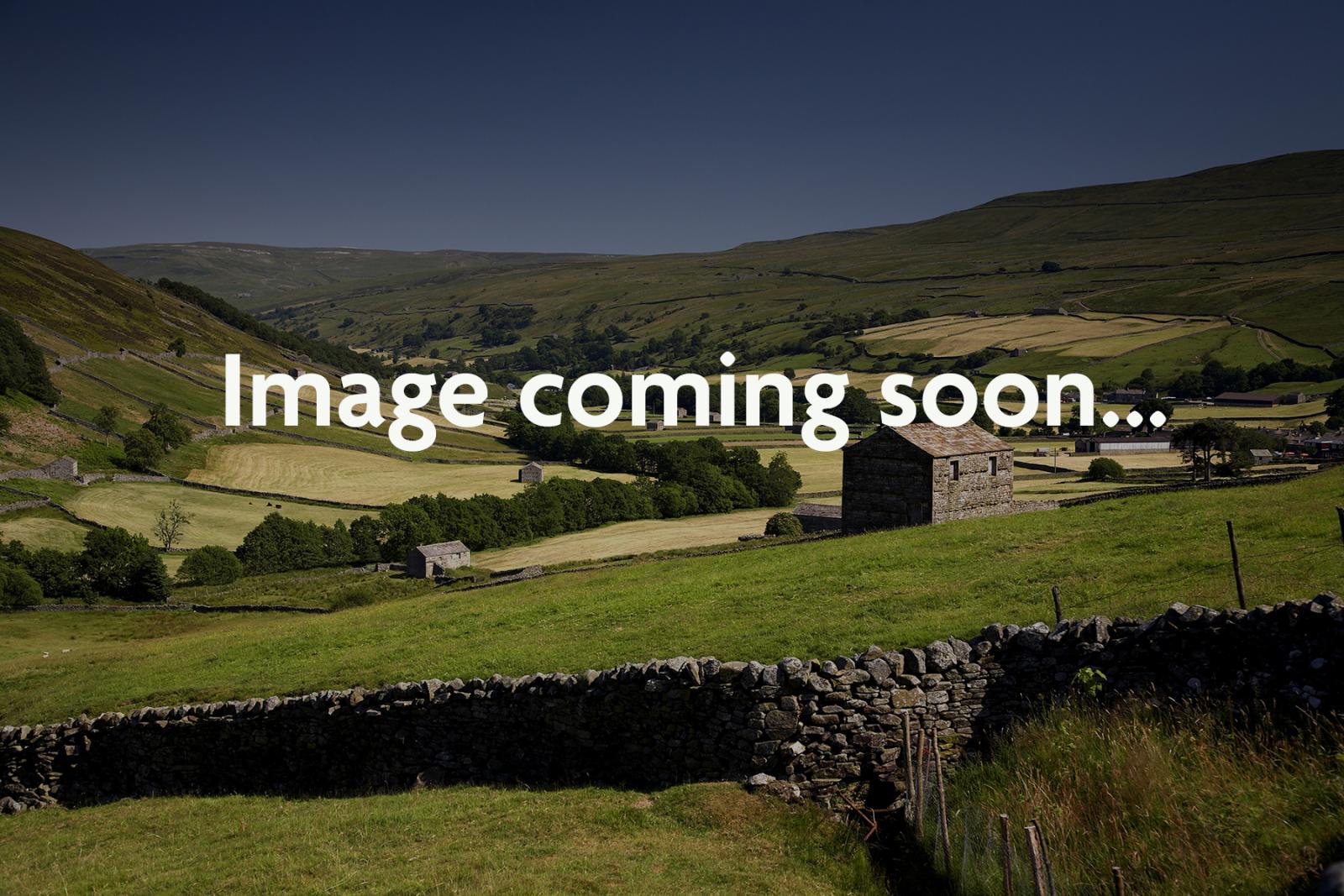
Moor House - Upper Teesdale National Nature Reserve

LANGDON BECK, COUNTY DURHAM
Our View
The remote landscape of the Moor House-Upper Teesdale NNR includes some of the most spectacular geology, waterfalls and panoramic views in the Pennines. The reserve includes three of the country’s most dramatic waterfalls: Cauldron Snout, High Force and Low Force, which thunder over a hard clerical-grey outcrop of the volcanic Great Whin Sill which extends across the county to Lindisfarne (see below). Running around the headwaters of the River Tees, the reserve covers 34 square miles and encompasses a complete range of upland habitats typical of the North Pennines. These include hay meadows and rough grazing, as well as ‘sugar’ limestone grassland and blanket bogs on the high fells. It is famous for the rare, deep blue, spring gentian and other arctic-alpine plants that are remnants of the Ice Age, as well as England’s largest juniper wood on the banks of the Tees near High Force. The rare black grouse breeds here, as do golden plover and ring ouzel, and during the spring breeding season, many species of wading birds such as lapwing, curlew, redshank and golden plover can be seen displaying.
Features
Also in the area
About the area
Discover County Durham
County Durham reaches halfway across England, from the North Pennines in the west, to the sea in the east. Much of it is very sparsely inhabited, and is naturally beautiful; a mix of rolling hills, monumental valleys, lush farmland and unforgiving moors. It’s strong on industrial heritage as well, and remnants of the now all-but-vanished mining industry are everywhere.
The City of Durham has a magnificent Cathedral which can be traced back to the establishment of a church in the 10thcentury as the final resting place of the miraculous remains of Saint Cuthbert. The Cathedral, alongside the city’s Castle (an 11th-century structure that now houses University College), were created a UNESCO World Heritage Site in 1986. The area’s mining past is fully documented at the Durham Mining Museum; an amazing resource. Bishop Auckland is the other major settlement, and for centuries was run almost as an independent state by the powerful Bishops of Durham. These days it is still a bustling town with plenty of shops, historical interest and events like the annual food festival. The coastal town of Peterlee is unusual; it was set up as a new town to house Durham miners after WW2.
Nearby stays
Places to Stay
Dining nearby
Restaurants and Pubs
Why choose Rated Trips?
Your trusted guide to rated places across the UK
The best coverage
Discover more than 15,000 professionally rated places to stay, eat and visit from across the UK and Ireland.
Quality assured
Choose a place to stay safe in the knowledge that it has been expertly assessed by trained assessors.
Plan your next trip
Search by location or the type of place you're visiting to find your next ideal holiday experience.
Travel inspiration
Read our articles, city guides and recommended things to do for inspiration. We're here to help you explore the UK.


